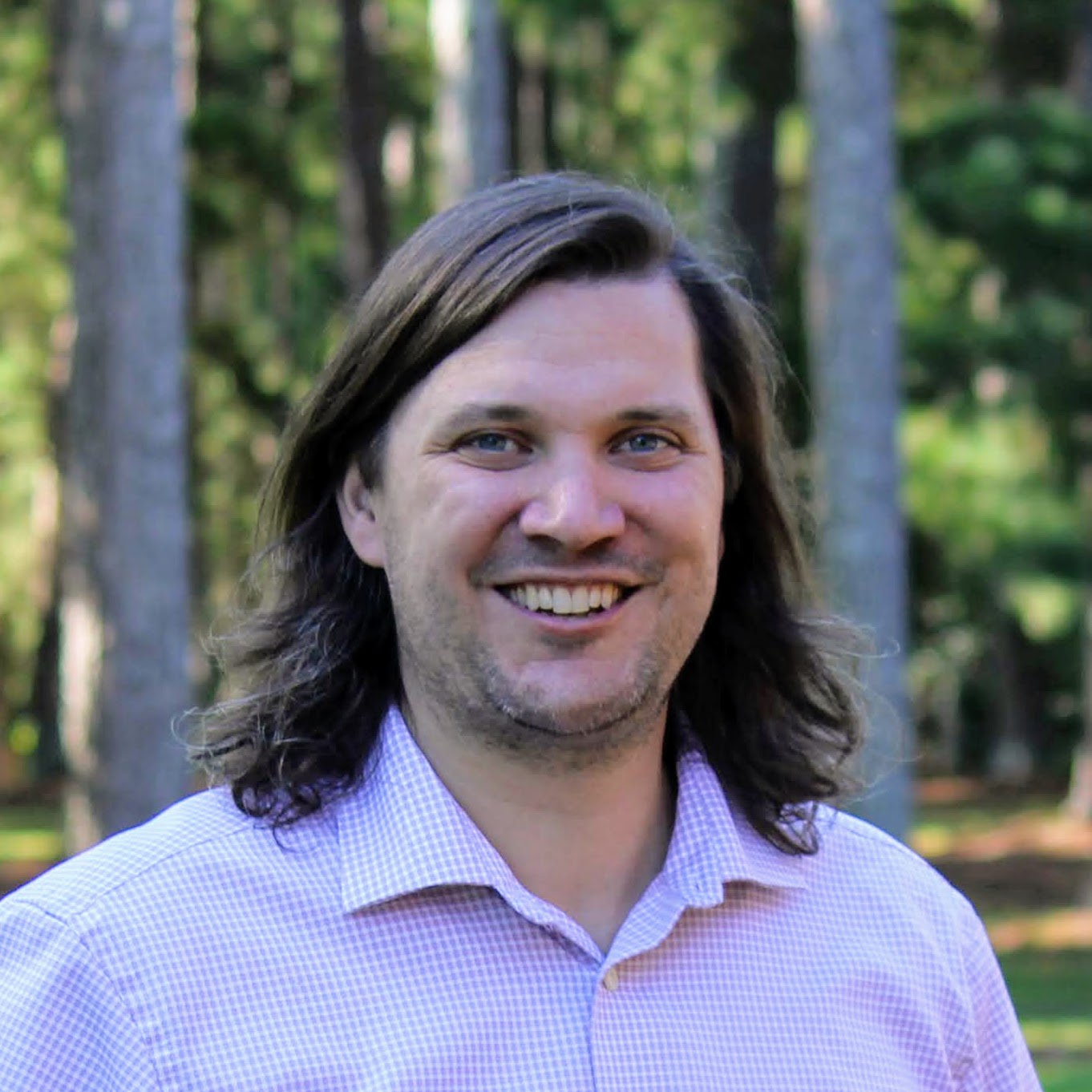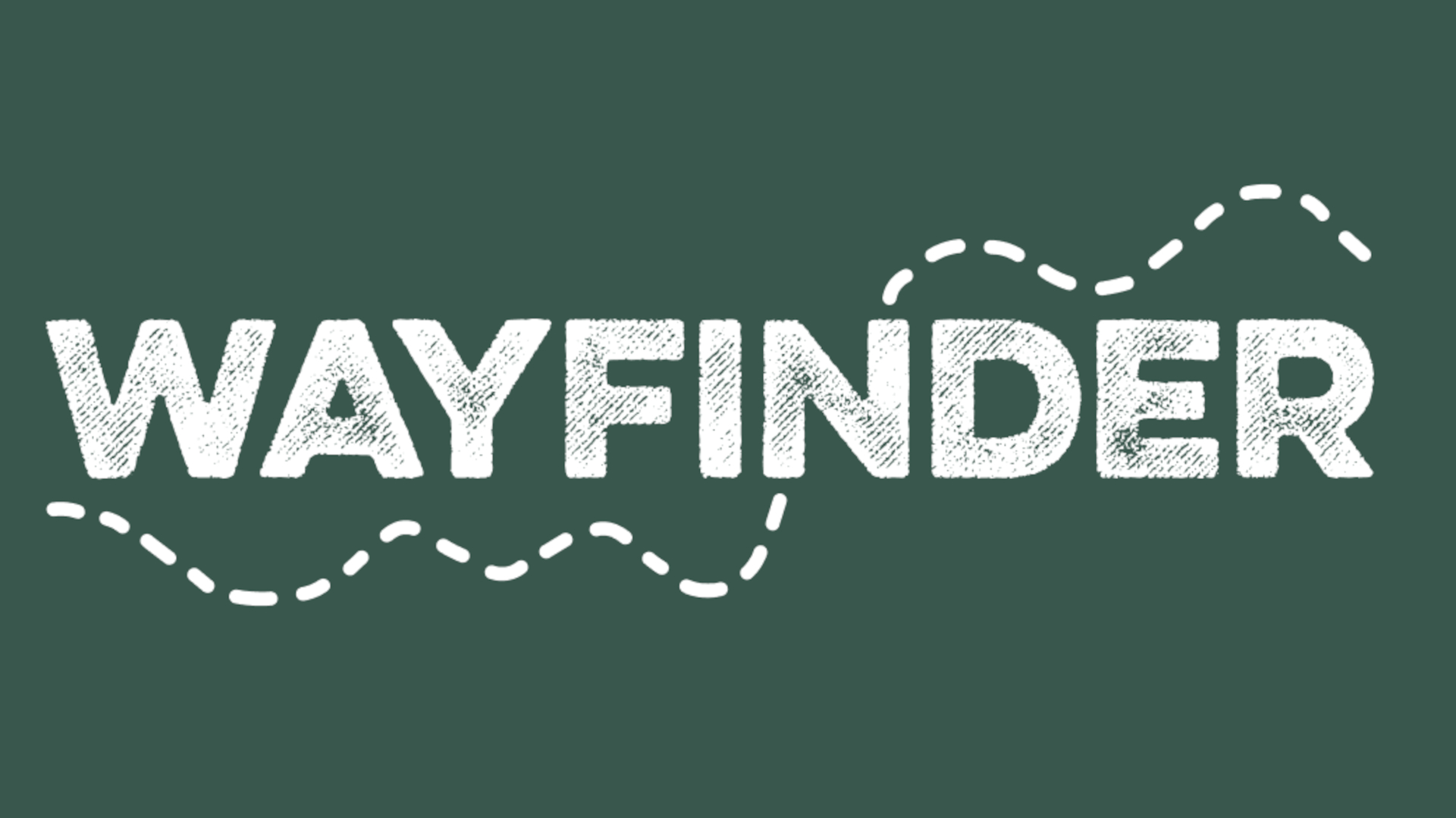Forget SAMR. This Educator’s Model is All About Creating Rather Than Consuming
INNOVATIVE LEADER AWARD WINNER - Mike Afdahl would like to see SAMR evolve into a model where students are creators rather than consumers of knowledge.

Mike Afdahl thinks the SAMR model may have run its course.
SAMR stands for Substitution, Augmentation, Modification, and Redefinition, however, these days technology is so widespread in classrooms that the model itself may need some substitution and modification.
“I don’t know that the SAMR model has to die necessarily, or if we [need to] look at different models,” says Afdahl, Coordinator of Technology services for Northwest GA Regional Educational Service Agency (RESA). “You can walk into any classroom in America and they're using technology to some degree.”
Rather than examine this technology use with the SAMR model, Afdahl thinks the focus should be on the student experience. “'Are the students engaged?' 'Are the students creating or are they consuming?' That's the new model I might want to look at if I were a classroom teacher,” he says.
Afdahl was awarded Best Implementation of Data Privacy & Cybersecurity at a recent Tech & Learning Regional Leadership Summit in Georgia. In his position at RESA, he supports 17 school systems in technology, data technology, data analysis, and instructional and operational planning.
Afdahl went into teaching after graduating with a math degree and quickly developed a passion for the profession. “I fell in love with a vision that math education didn't have to be just sitting in a desk solving problems on worksheets but there was a story of mathematics that can be told through multiple disciplines, but also by interacting with the world around us,” he says.
Afdahl wants to make this story of mathematics more accessible to all students. “Not all students are going to have dreams of being a math major or a mathematician, but they can see the world around them in the language in which the universe is written,” he says.
Tools and ideas to transform education. Sign up below.
This same passion and creativity can be applied to topics beyond math by focusing on applying new technology to creativity in the classroom. Afdahl shares tips and advice for how educators can encourage students to become engaged creators rather than passive consumers of knowledge.
Foster Creativity Rather Than Perfection

Afdahl says educators should encourage students to create new work using the skills they’ve learned in class, even if these creations are not always perfect.
“Early on as an educator, I kind of thought that if I was having my students create something digitally, that it had to be a polished product at the end,” he says. “I think what teachers need to understand is that they don't have to be perfect or even proficient at what they're creating. I have a four-year-old daughter and she's learning to write her name. As she's writing her name, am I criticizing the way her ‘S’ is backward? No, I'm not because she's progressing along this continuum.”
Digital Native Doesn’t Equal Creative Ability
“We feel that our students are digital natives, but they're native consumers of digital products,” Afdahl says. “You may see a two-year-old working on an iPad, and knowing what apps to push. But they're not creating, they're just knowing how to consume it. So I think we assume that our students know how to do these things because they've consumed it.”
However, that’s like assuming someone from an earlier generation could make a TV show because they watched a lot of TV, Afdahl says.
Get Creative With Real-World Applications
While he was a math teacher, Afdahl had his students use leftover cardboard from the cafeteria to build boats on which a human could float. “Yeah, it took a while to build, but now when I needed to talk about volume, or I needed to talk about density, when I needed to talk about averages, there's a whole lot of things that I could tie back to that experience,” Afdahl says.
Today, there’s a lot of conversation around effective vs. efficient teaching practices. “It's not always efficient for me to do experiences like that, but it's really effective because now they remember it was 35 degrees in December and we took them out to the ponds and one guy fell in, and that was the experience that now they won't forget, and so when I need to attach knowledge to and we have an experience that’s there.”
Model Learning
To foster this creativity, educators should acknowledge that they don’t have all the answers. “It's okay for a teacher not to know everything and it's okay for your students to learn alongside you,” Afdahl says. “Where we have an opportunity is for our students to see us model, what does it look like to be a lifelong learner? And to invite them into that process of 'I'm an adult, I don't know everything, but here's what I do to learn new things.' And I think that modeling can be a powerful learning tool.”
To share your feedback and ideas on this article, consider joining our Tech & Learning online community here
Erik Ofgang is a Tech & Learning contributor. A journalist, author and educator, his work has appeared in The New York Times, the Washington Post, the Smithsonian, The Atlantic, and Associated Press. He currently teaches at Western Connecticut State University’s MFA program. While a staff writer at Connecticut Magazine he won a Society of Professional Journalism Award for his education reporting. He is interested in how humans learn and how technology can make that more effective.

